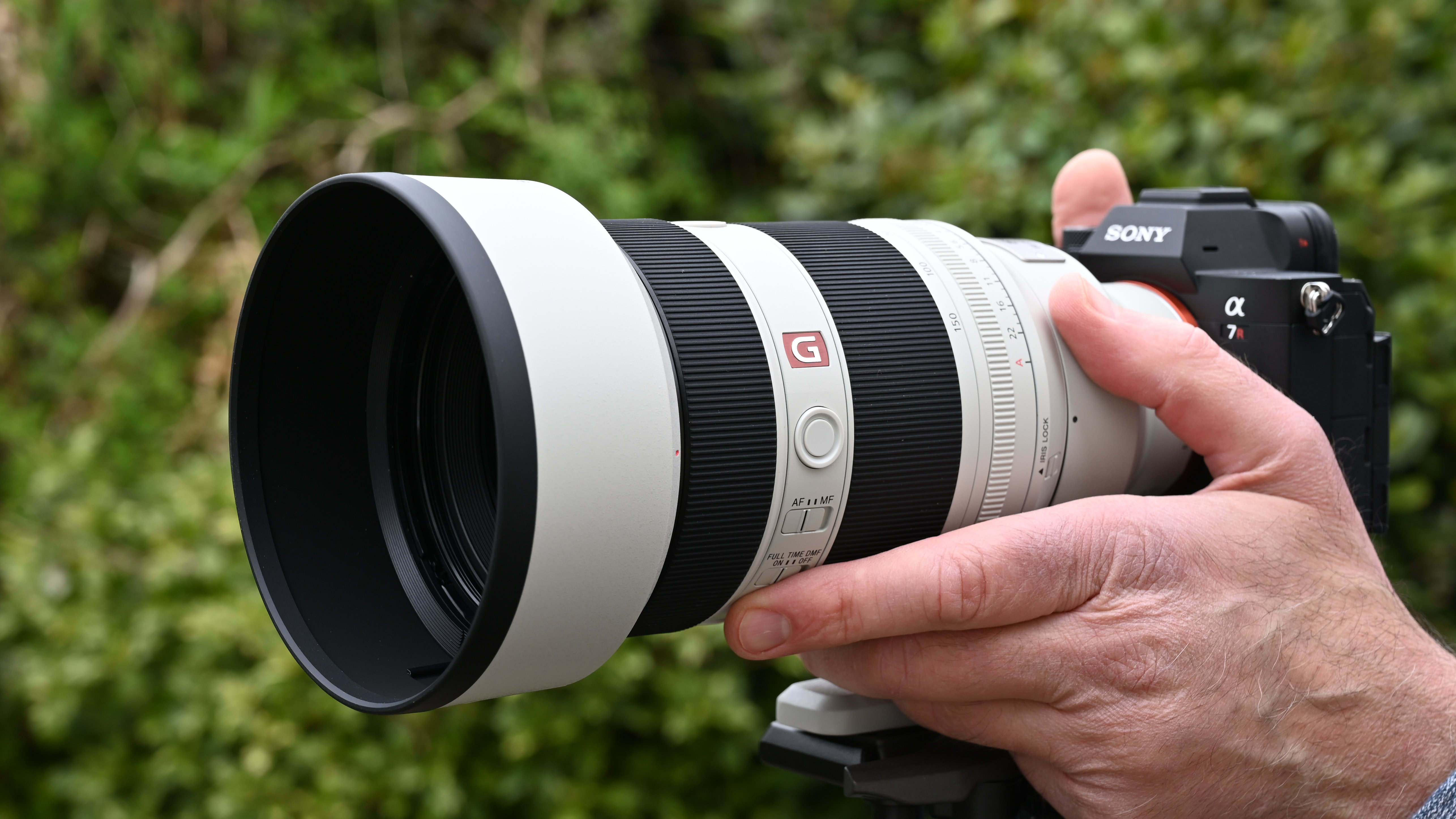The best Micro Four Thirds cameras from Olympus, OM System and Panasonic – as chosen by a day one user!
The best Micro Four Thirds cameras are the ultimate combo of portability (sometimes even pocketability!) and power
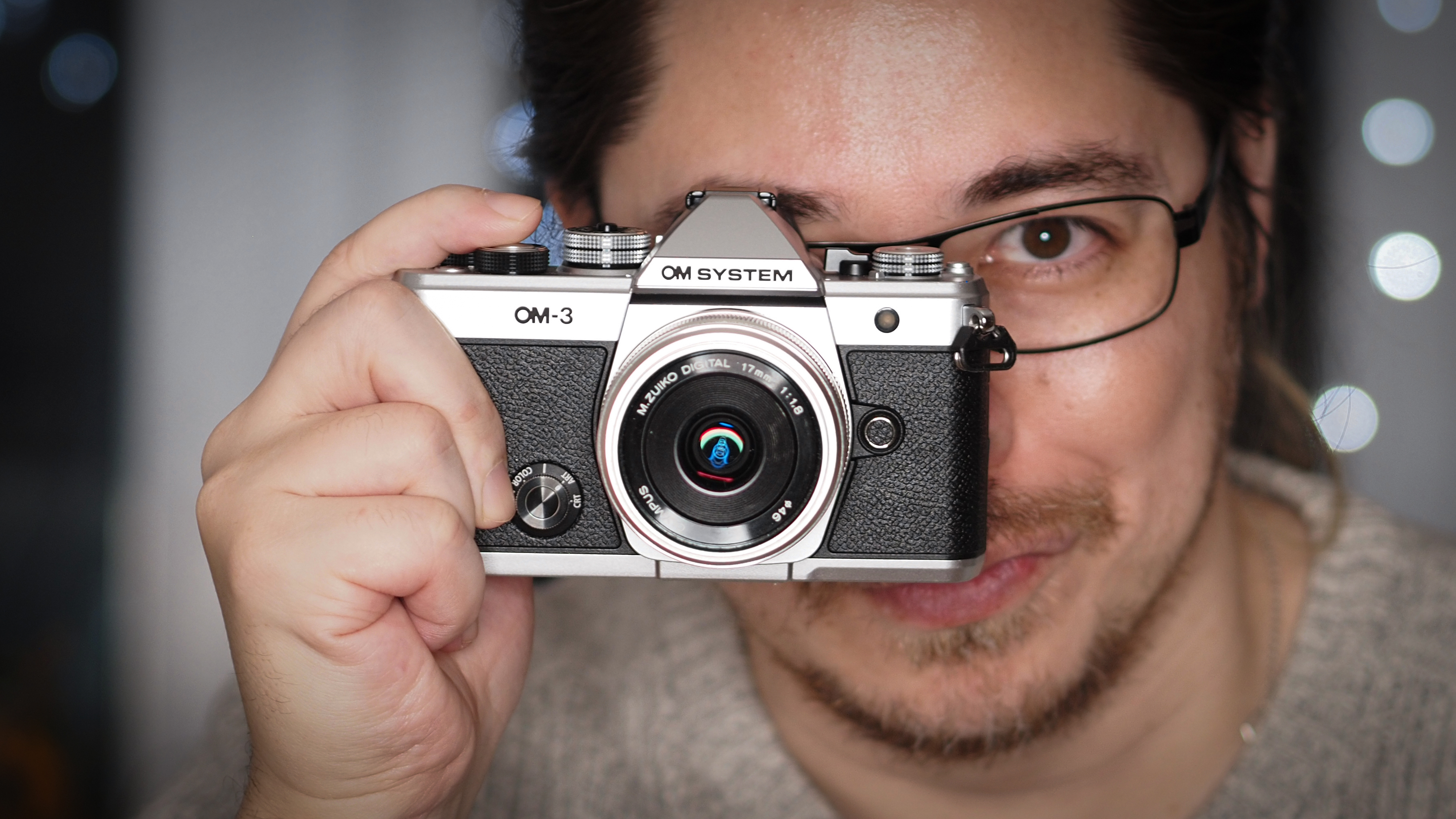
Ignore the naysayers: the best Micro Four Thirds cameras are incredibly powerful, unbeatably portable imaging machines – both as an "everyday carry" and as a professional tool.
You will hear a lot of nonsense about Micro Four Thirds (or MFT) – that the image quality is poor, it's no good in low light, it's not suitable for pro use – but I assure you, it really is nonsense. I've used MFT kit to shoot for clients like Aston Martin and Elinchrom, and I've had images used on magazine covers and double-page spreads. Trust me, the best Micro Four Thirds cameras are as capable as they are compact.
Because MFT is an open standard, anyone can make cameras and lenses for it – including the likes of Leica and Blackmagic. However, the best Micro Four Thirds cameras come from OM System (formerly Olympus) and Panasonic – the two companies that developed the format back in 2008. (Indeed, the first-ever mirrorless camera was an MFT body, the Panasonic Lumix G1.)
For my money, the best Micro Four Thirds camera right now is the OM System OM-3 – which combines the flagship
is the OM System OM-1 II. It's packed with computational wizardry that will transform your workflow, it has truly incredible image stabilization, the weather sealing is god tier… and it even shoots 80MP RAW images, for those who say that these cameras don't have enough resolution.

Micro Four Thirds has been my primary system since 2014, and since then I've used every camera from Olympus / OM System and Panasonic – 70 in total! While I also have full frame and medium format systems, I use MFT bodies for the majority of my personal and professional work.
The Quick List
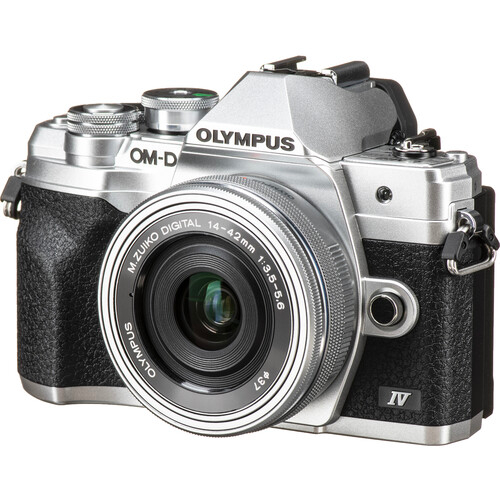
It's budget- and beginner-friendly, but it definitely ain't basic! From image quality and stabilization to computational features and filters, it's pocket-sized, pocket-friendly and power-packed.
Read more below
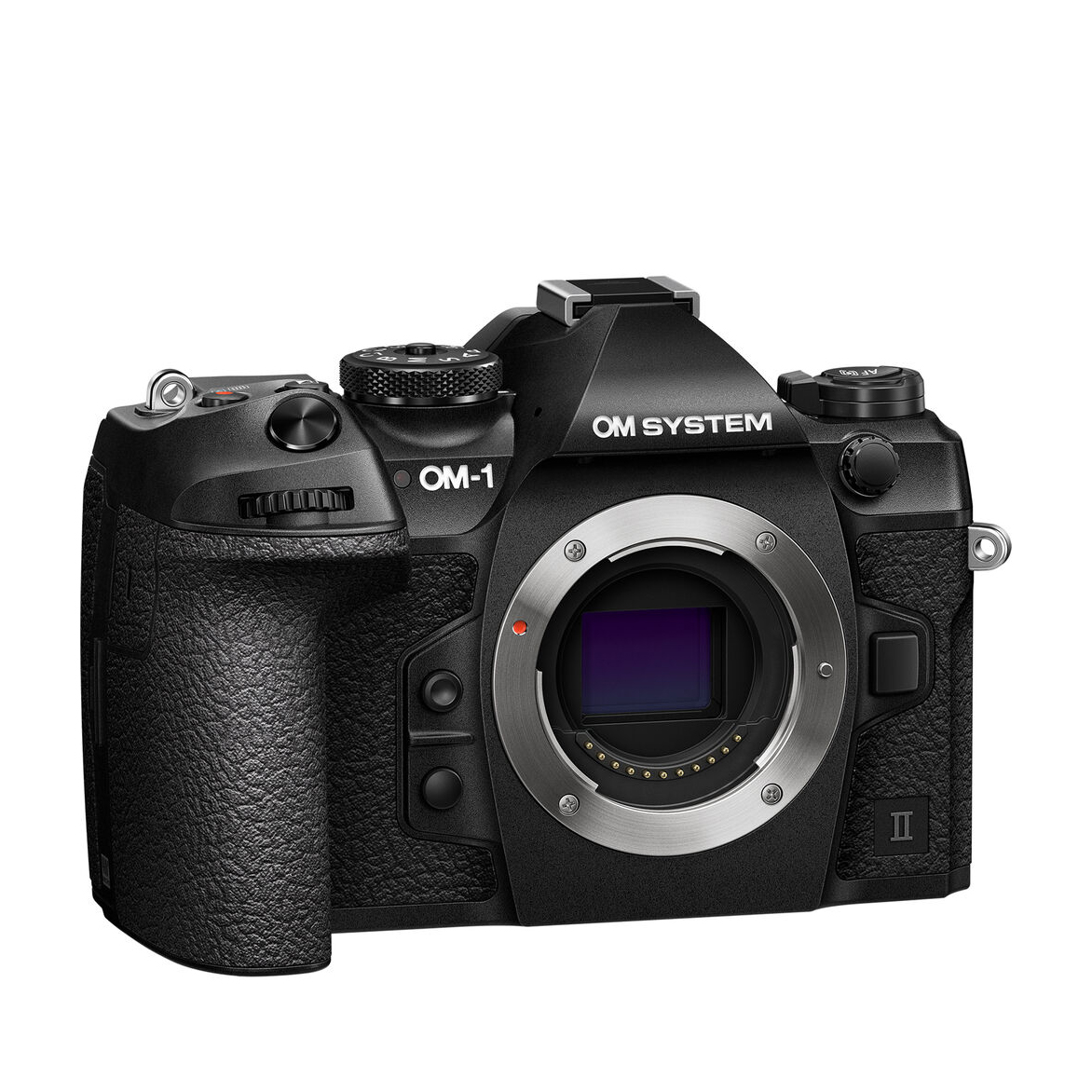
The ultimate outdoor camera! Computational wizardry like the amazing grad and ND filters meet up to 80MP stills, 120fps burst shooting, IP53 sealing and 8.5 stops of stabilization.
Read more below
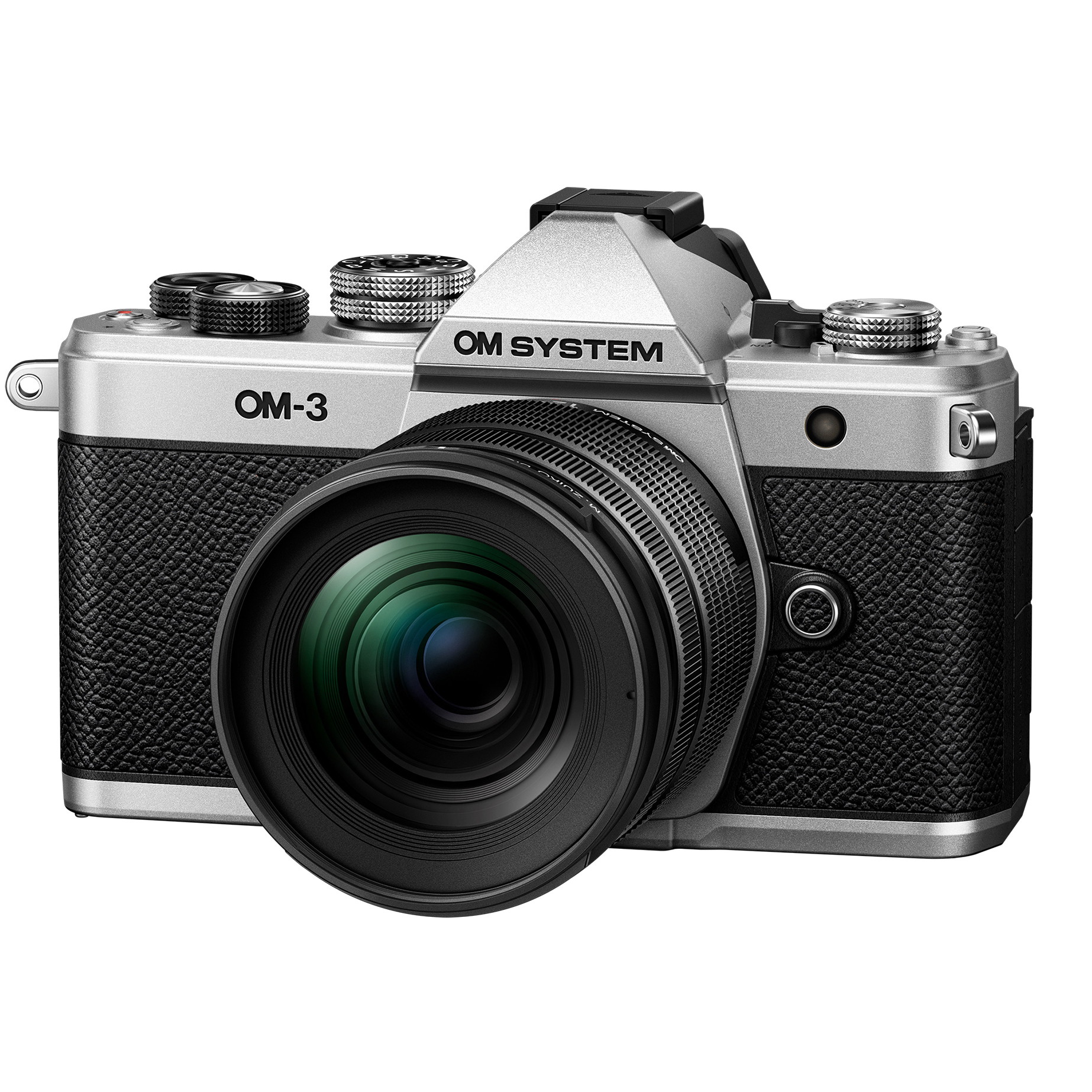
The OM-1's flagship tech meets a beautiful body inspired by vintage film cameras, with a Creative Dial and Computational Photography controls to make this an incredible tool for taking photos.
Read more below
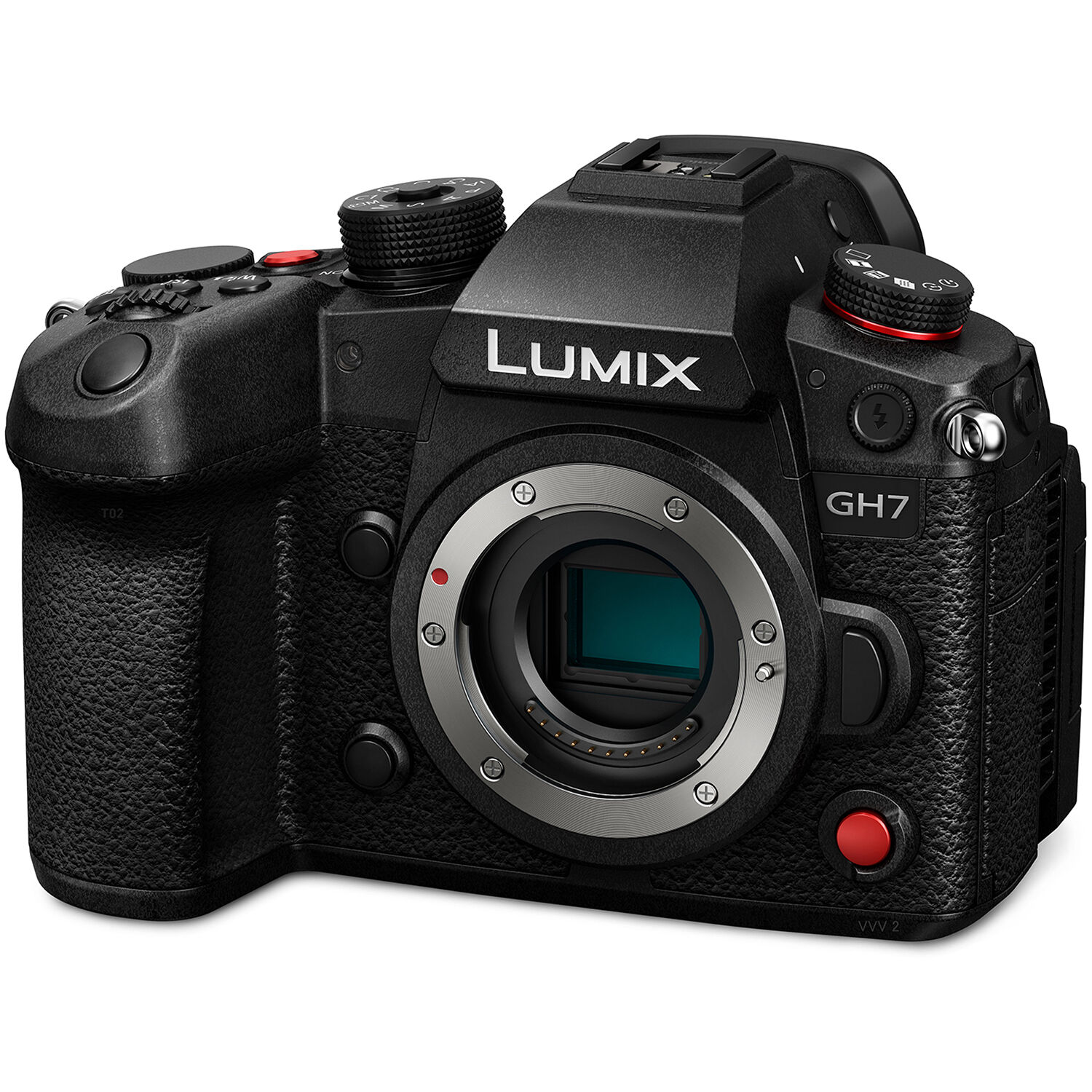
One of the ultimate filmmaking cameras, the GH7 offers 5.8K 30p open gate video, ProRes RAW at 5.7K 30p / 4K 60p, FullHD at up to 240p… and, finally, reliable phase detect autofocus!
Read more below

Panasonic's flagship Micro Four Thirds stills camera is an all-round imaging beast. And with dual output gain and dynamic range boost, it's top flight when it comes to low light.
Read more below
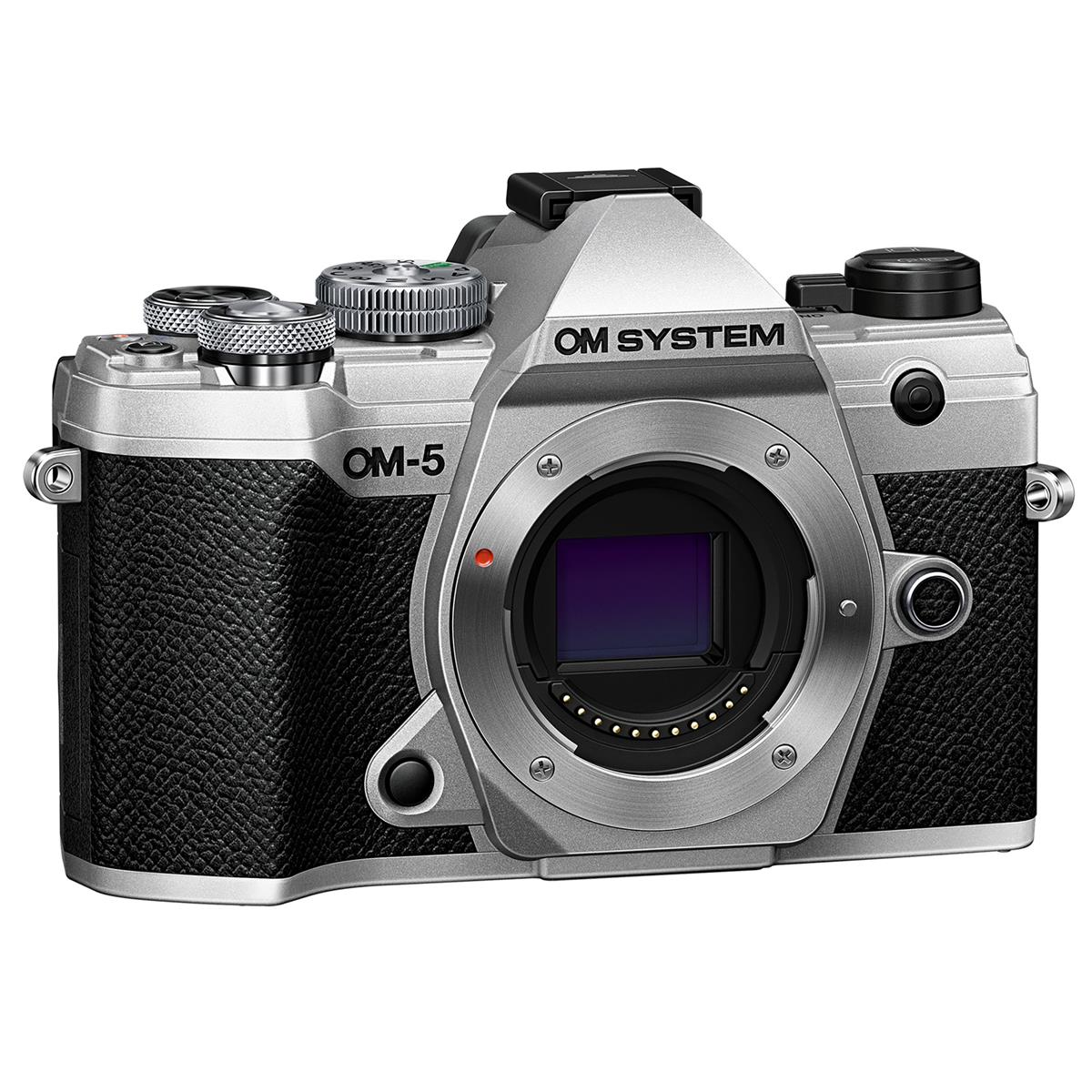
My personal favorite, the OM-5 is a slick street camera. Small and agile, with up to 7.5 stops of image stabilization, fast autofocus, an articulating screen and classic SLR-style design.
Read more below
Best Micro Four Thirds cameras
Why you can trust Digital Camera World
Over the years I've used all kinds of Micro Four Thirds cameras all over the world. I've used them to shoot motorsport, taken them on safari, used them for vlogging and video… they're simply my personal preference for my everyday photographic needs. Here are my picks for the best cameras across different categories.
Best budget Micro Four Thirds camera
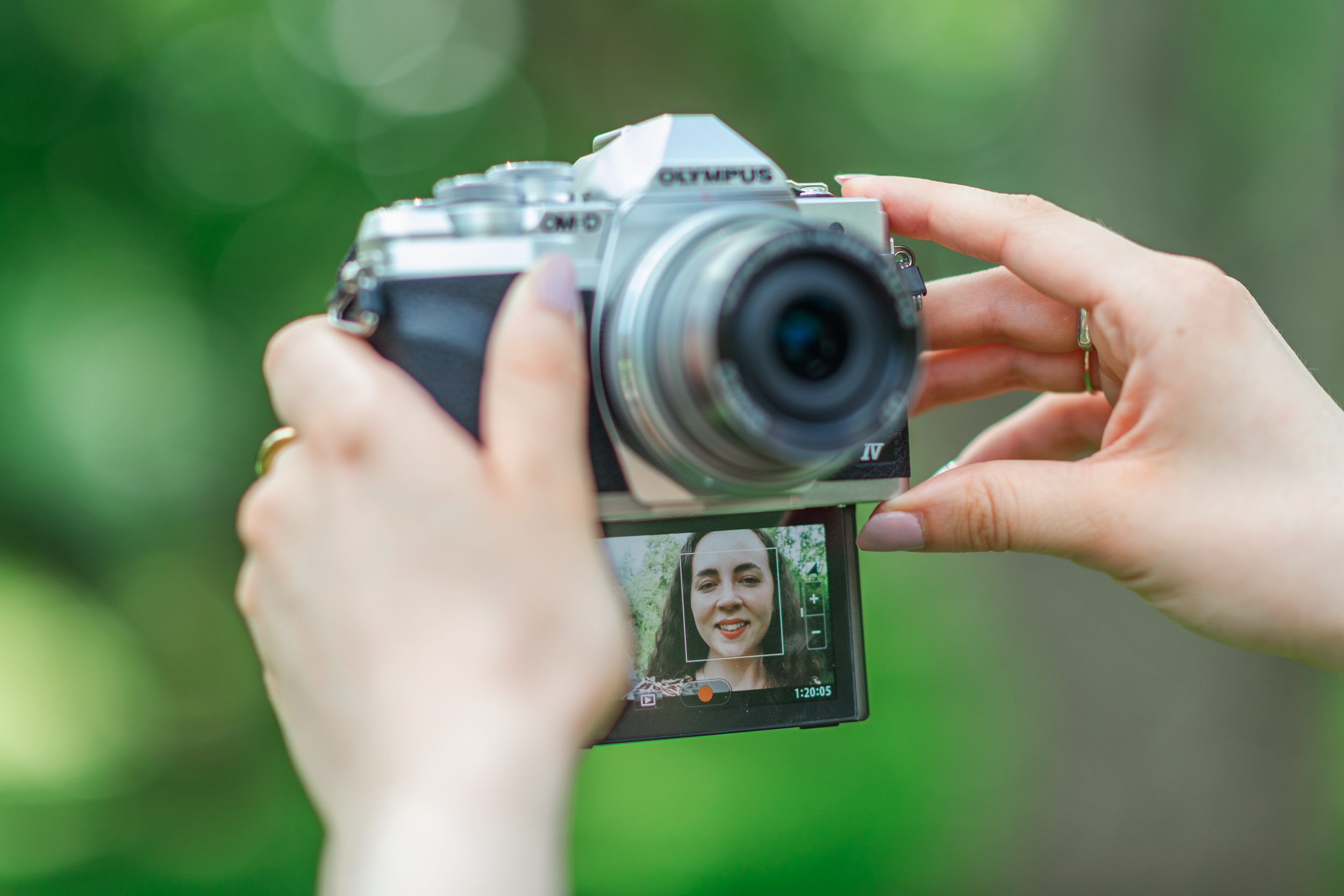
Specifications
Reasons to buy
Reasons to avoid
✅ You want great value: It's older and more affordable – but it still outguns many more modern mirrorless models.
✅ You need compactness: It's pocket-friendly in terms of price, but also in terms of size! Compact, yet very capable.
❌ You want subject detect AF: The contrast-based AF is still good, but it's not the latest technology.
❌ You want an articulated screen: The screen here tilts 180° for selfies, but it isn't a vari-angle screen.
🔎 Olympus OM-D E-M10 Mark IV Powerful, portable and pretty! This price-conscious camera is also performance- and style-conscious. Superb bang for your buck. ★★★★★
The E-M10 Mark IV is positioned as an entry-level camera for beginners and amateurs – but this is misleading, as Olympus / OM System cameras are so advanced that this has way more firepower than many mid-range models!
This really is quite a powerful camera, packed with features, in-body image stabilization and dual control dials – all of which are hardly what you'd expect of an "entry-level" model.
I bought an E-M10 for my partner's birthday, as she was an enthusiast shooter upgrading from a (true) beginner DSLR – and she has taken professional bookings with it!
The Mark IV features a 180° flip-down rear screen, which is great for selfies and handheld vlogging (although it flips down, so you can't see it if the camera is mounted on a tripod).
The autofocus system is contrast-based (the only real mark of "entry-levelness"), but performs very well and even benefits from face and eye detection.
The guided shooting modes make this a great place for beginners to learn their way around a camera, and the compact size and EVF makes it a formidable travel camera as well.
It's an older model, being the last camera to carry the Olympus brand name, but this only makes the E-M10 Mark IV an even better bargain – and it still packs plenty of tech worthy of a 2024 camera.
Read our full Olympus OM-D E-M10 Mark IV review
Best Micro Four Thirds camera for pros
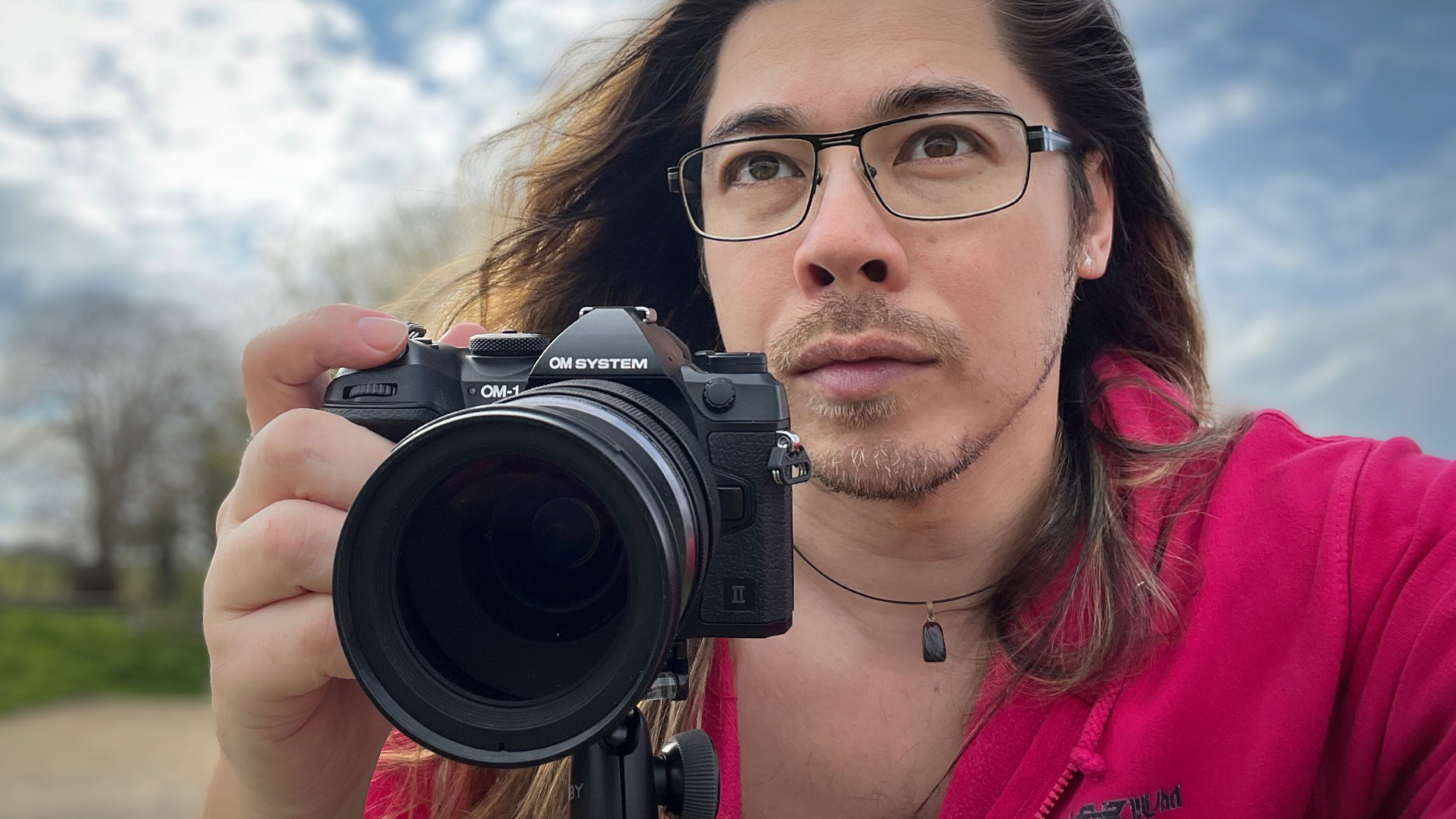
Specifications
Reasons to buy
Reasons to avoid
✅ You're an outdoor shooter: Software-based ND and grad filters, plus weather sealing, make this an outdoor dream.
✅ You need great stabilization: With 8.5 stops of in-body image stabilization, kiss goodbye to camera shake.
❌ You're a video shooter: Its video features are very good, but the Panasonics are just better for pure videography.
❌ You want maximum megapixels: The G9II and GH6 both have higher resolution (both native and via pixel shift).
🔎 OM System OM-1 Mark II The best camera for pro-level shooting, with a slew of features that make it extra adept for outdoor use. ★★★★★
If I could only use one camera for the rest of my days, it would be this one.
The OM-1 Mark II simply does things that no other camera can do, thanks to its unrivaled suite of computational tricks. Want to leave your lens filters at home? No sweat, use the software-powered ND and ND grad filters.
Sick of shooting hundreds of bracketed shots, and want the camera to actually stack them into a single finished image for you? No problem. Want to correct converging verticals in-camera before you shoot? Sure thing. Want to shoot lightning, fireworks and light painting with no fuss? You got it.
Following its predecessor as the world's only IP53 weather-sealed camera, it's the only camera I have 100% confidence in when shooting outdoors.
The original OM-1 was the first-ever Cross Quad Pixel AF camera. The Mark II adds more processing power and updated algorithms to give the autofocus more stickiness (especially when photographing animals), more stamina (twice the buffer capacity) and speedier (up to 120fps) than ever.
I was amazed at how good the AF was at tracking birds in flight and identifying all kinds of animals. This is by far the best Micro Four Thirds camera for birding and wildlife.
The processor improves the image stabilization algorithms, too, giving this up to a ridiculous 8.5 stops of compensation. If you want to go beyond the 20.4MP resolution, Hi-Res Shot gives you 50MP handheld or 80MP on a tripod thanks to pixel-shift magic.
A top tier photographic tool, it can also capture up to 4K 60p footage – but its video features are unspectacular, and you're better off going for one of my Panasonic picks.
Read my full OM System OM-1 Mark II review
Best Micro Four Thirds camera for photography
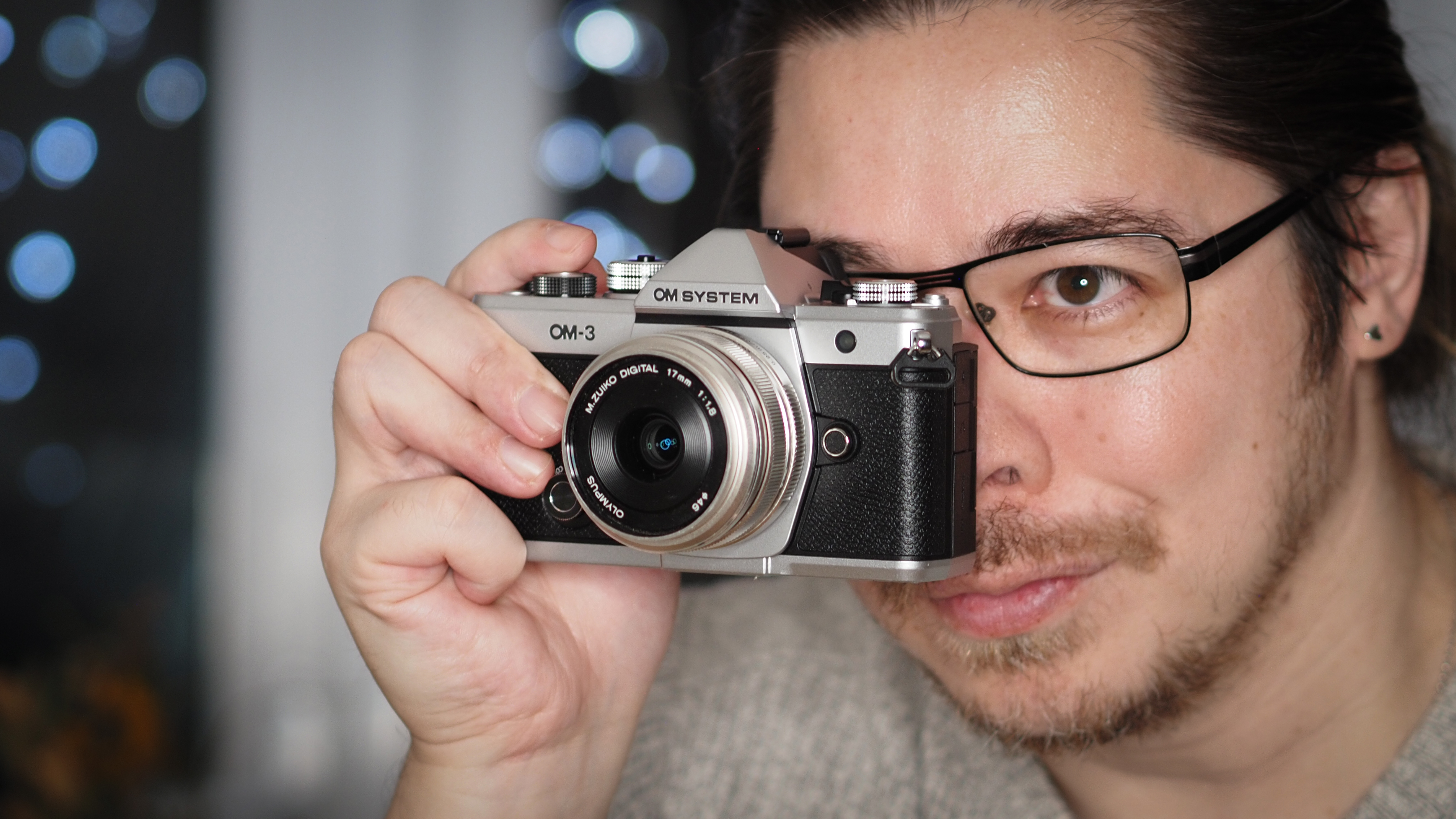
Specifications
Reasons to buy
Reasons to avoid
✅ You want in-camera creativity: Pre-produce your images with film simulations, Art Filters and the Color Creator.
✅ You value aesthetics and handling: The OM-3 is beautiful to look at, and inspires you to pick it up and shoot with it.
❌ You need memory peace of mind: There's only a solo SD card slot; if you want twin cards, go for the OM-1 Mark II.
❌ You want branded film simulations: The film sims are inspired by stocks like Tri-X, unlike Fujifilm's official simulations.
🔎 OM System OM-3 My favorite creative camera on the market. The OM-3 inspires you and empowers you to take great photographs. ★★★★★
Since 2016, there's one camera I've picked up over everything else – including my full-frame Canon EOS R5 and the medium format Hasselblad X2D – when I'm on a creative photoshoot: the Olympus PEN-F.
Almost a decade later, OM System has given us the spiritual successor to the PEN-F – and the OM-3 is the new king of creativity. Its stunning looks, styled after the original Olympus OM-3 film camera from 1983, inspire you to pick it up and shoot… and its incredible capabilities empower you to create images other cameras can only dream of.
Underneath the sleek metal finish (with IP53-certified weather sealing) is the same technology found in the flagship OM-1 Mark II. However, the OM-3 adds tools and tricks to put that firepower directly at your fingertips.
The Creative Dial has been imported from the PEN-F, enabling you to instantly switch between stunning color and monochrome film simulations, over a dozen Art Filters, and a Color Creator that enables you to dial in or out hues to embellish and enhance your scene. Plus, they can be applied to your videos as well.
Then there's the Computational Photography button, which instantly summons the same incredible tech found in the OM-1 Mark II – including the Live GND filter and Live ND filters that are truly game-changing for outdoor photography.
Really the only downside here is that there's only a single card slot and no joystick. If you want those, the OM-1 Mark II is the place to look. But if you want a camera that's beautiful to behold and (at least in my opinion) the most fun camera you'll ever take photos with, the OM-3 is where it's at.
Read my full OM System OM-3 review
Best Micro Four Thirds camera for video
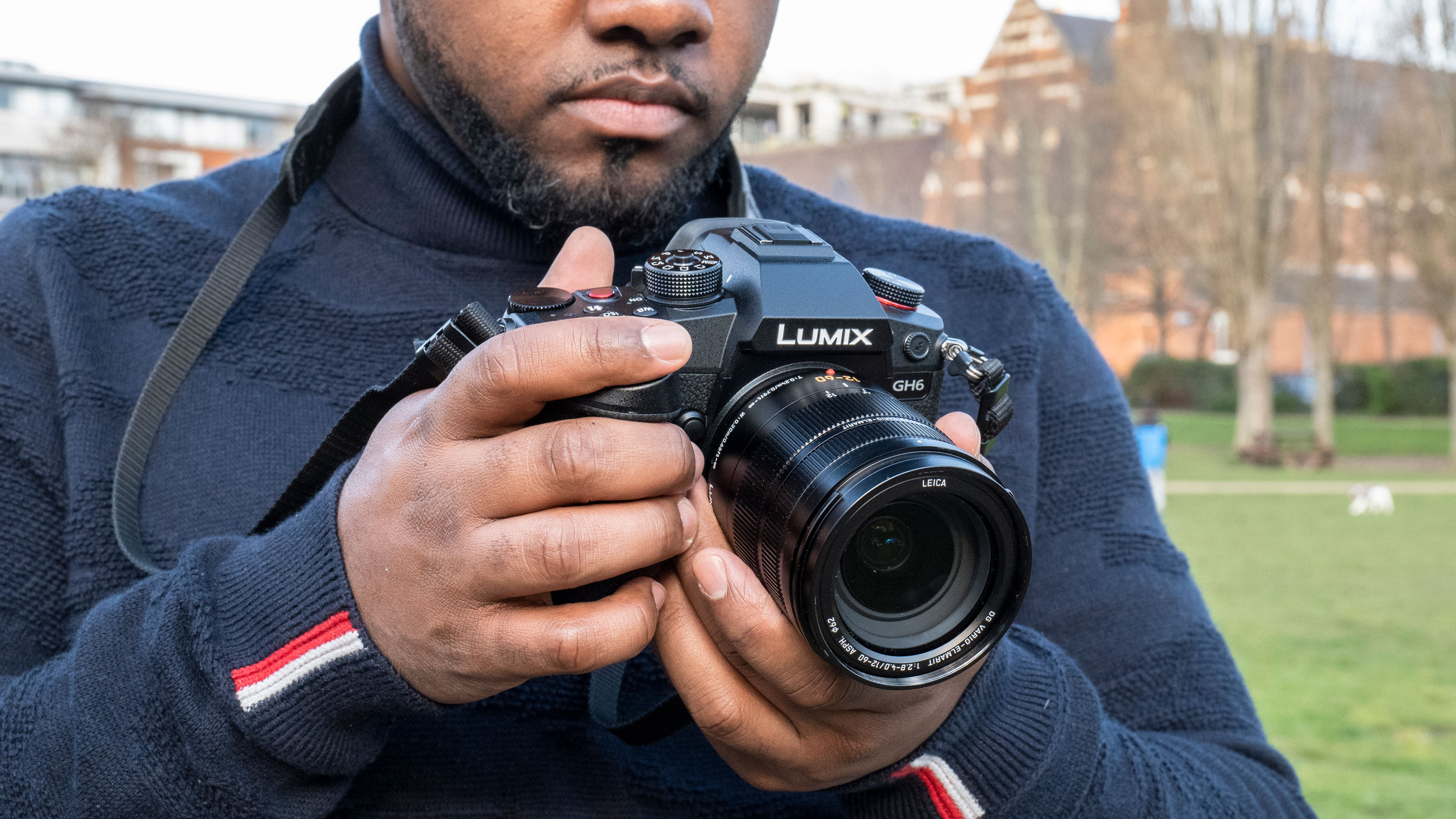
Specifications
Reasons to buy
Reasons to avoid
✅ You're a video-first shooter: From open gate recording to ProRes RAW capture, the GH7 can do it all.
✅ You need unlimited capture: With no recording limits, you can film as long as you like without any worries.
❌ You want a small body: Micro Four Thirds is supposed to be small, but this is bigger than some full frame cameras!
❌ You want the best battery life: Because it's such a powerful performer, it can be a bit thirsty for juice.
🔎 Panasonic Lumix GH6 For filmmaking, vlogging, content creation et al, this is an absolute monster. ★★★★★
The GH series has traditionally been Panasonic's flagship video line, and the Lumix GH7 proudly continues the family tradition. It's an absolute video production powerhouse whether you're a professional filmmaker or a budding content creator.
Its video capabilities are too multitudinous to list here, but highlights include internal Apple ProRes 4:2:2 and ProRes 4:2:2 HQ, and internal Cinema 4K 4:2:0 10-bit at 120fps. And at long last, the GH series also gets reliable autofocus thanks to the game-changing phase detect AF system.
Also worth mentioning for high-end shooters, in addition to the usual V-Log, Panasonic has also teamed with Arri to offer LogC3 and Arri Looks – though this comes as a paid add-on that costs a couple of hundred bucks.
It offers open gate recording, which means that it can capture the entire readout of its image sensor – enabling you to crop down to your desired aspect ratio, depending on your needs, to maximize the available resolution. For me this is the most useful feature here, as it absolutely transforms my workflow for the better!
Speaking of resolution, the GH7 has the highest resolution of any current consumer Micro Four Thirds camera. Its 25.2MP sensor also has more pixels than many APS-C and full-frame cameras – and for stills, it can employ pixel-shift technology to produce 100MP images (but this has a lot of caveats, so I don't use it very often).
The in-body image stabilization is truly phenomenal, capable of silky smooth handheld shots even without the benefit of a gimbal. And the handling is superb, all the way down to the menu system that makes sense to my brain and is easy to navigate.
While technically this is an unbeatable performer, I just can't excuse the sheer size of the GH7. The whole point of Micro Four Thirds is to offer a smaller system – and while that's still very much the case, when you take lenses into account, the GH7 is bigger and heavier than the full-frame Panasonic S5 II (which is already a tank, even for full frame cameras!). So if you want to stay small, look elsewhere.
Read our full Panasonic Lumix GH6 review
Best Micro Four Thirds camera for low light
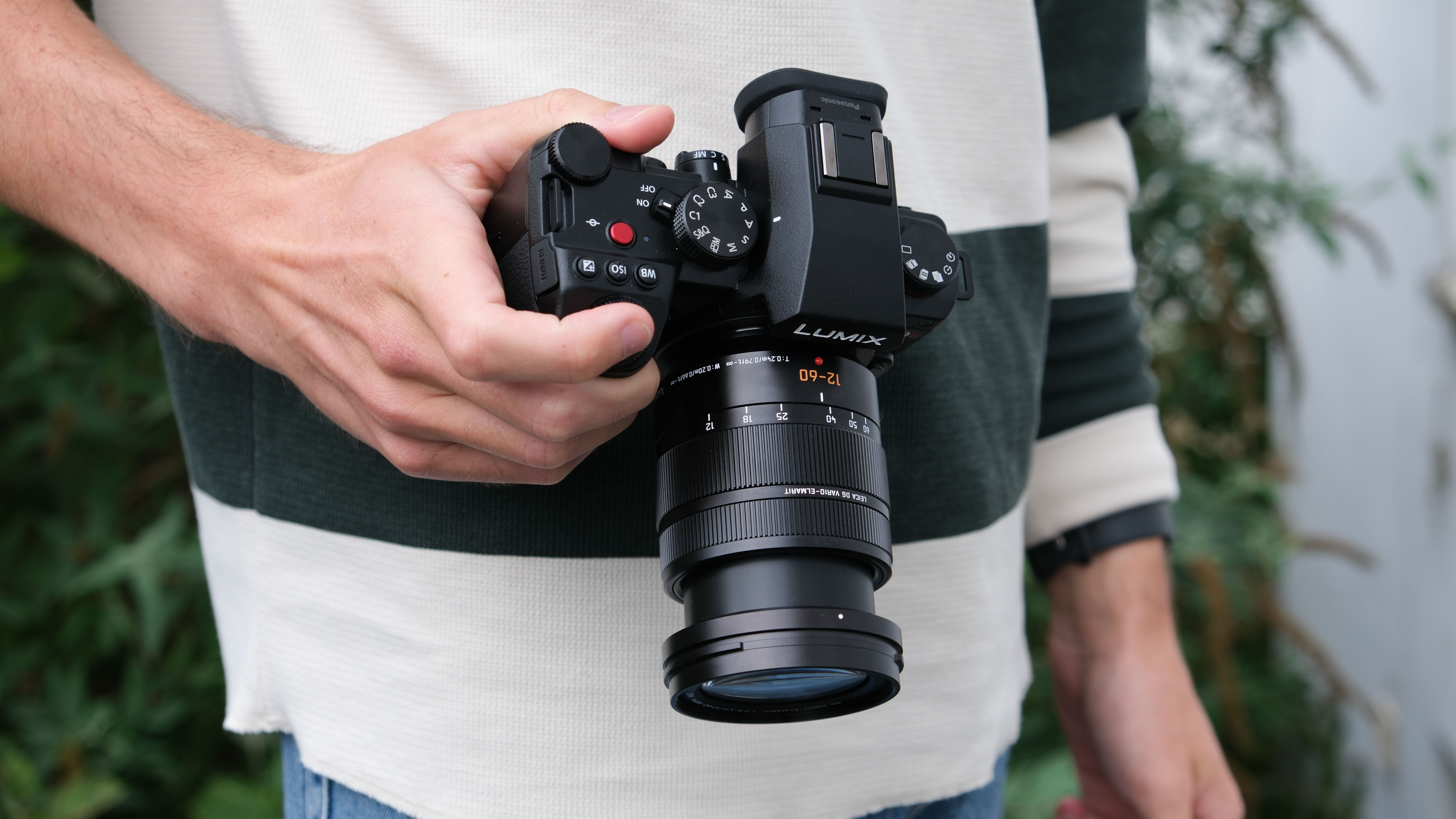
Specifications
Reasons to buy
Reasons to avoid
✅ You shoot in challenging light: The advanced sensor and ISO magic make this a capable low light performer.
✅ You need resolution: Its 24.2MP sensor is also capable of 50.5MP or 100MP photographs via pixel shift.
❌ You want to stay small: Micro Four Thirds? The G9II is the same size as the full-frame Panasonic Lumix S5 II!
❌ You want the best video: The GH6 is still best for video, thanks to more options and unlimited record times.
🔎 Panasonic Lumix G9II Clever sensor tech makes this a great companion for low light shooting – and it's equally adept at both stills photography and video. ★★★★½
This is a tough category, because Micro Four Thirds sensors are so small – and, therefore, have less surface area (and smaller individual pixels) to gather available light.
However, the days of "Micro Four Thirds is no good in low light!" are long behind us, thanks to advancements in sensors and general electronics.
All things being equal, the OM-1 Mark II and G9II are about on par when it comes to low light performance; when it comes to noise and dynamic range, in broad brush strokes, the OM is a little better at lower sensitivities while the Panasonic is a little better as the ISO increases.
However, the G9II has two very important tricks up its sleeve. The first is dual output gain (not to be confused with dual base ISO, which you'll find on the Lumix GH5S), which combines the output from parallel paths at ISOs above 800 to give cleaner readouts for shadows and highlights.
Then there is DR (dynamic range) Boost, which gives you about an extra stop of latitude when shooting mechanical stills or at video up to 60p.
The sensor is an improved version of the one found in the GH6, but the improvements aren't limited to low light performance; the new phase detect autofocus leaves the entire GH family crying in the dust.
However, if you're a video shooter then the GH6 is still favorite (despite the creaky AF) thanks to the cooling system, which in turn gives it unlimited shooting, with a better selection of internal recording options thanks in part to having a CFexpress card slot.
Read our full Panasonic Lumix G9II review
Best Micro Four Thirds camera for street photography
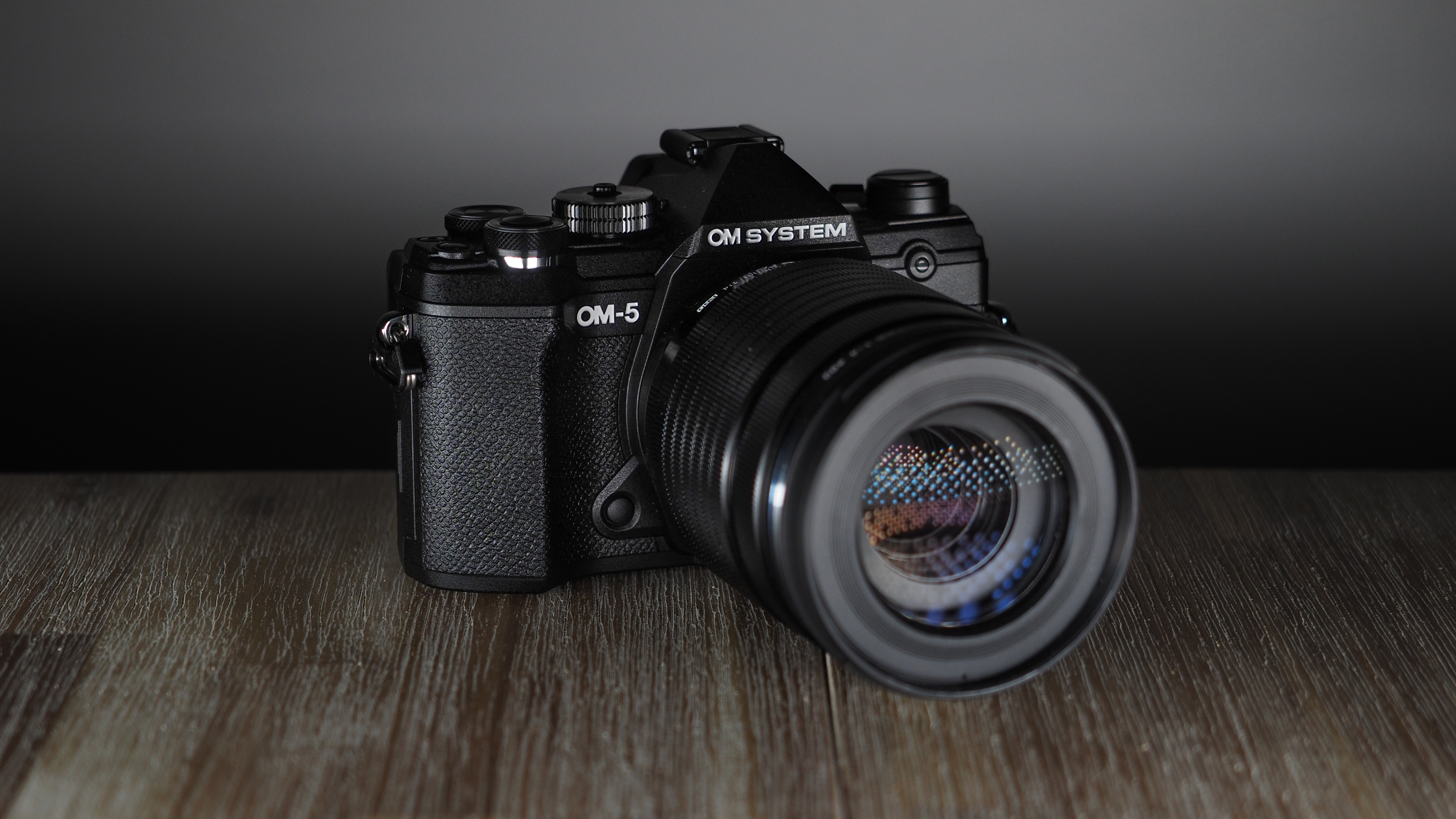
Specifications
Reasons to buy
Reasons to avoid
✅ You need to be nimble: This camera is compact, agile and responsive. Great for intuitive zone focusing!
✅ You want to stay steady: With a maximum 7.5 stops of stabilization, your handheld shots can stay pin-sharp.
❌ Video is top priority: The options are perfectly fine, but there are better options if you're a video-first shooter.
❌ You want dual cards: With a single SD slot, there's no backup if you suffer from a memory card issue.
🔎 OM System OM-5 The perfect street camera! Small but powerful, with great stabilization and autofocus. It even comes in classic SLR silver or "stealthy" black! ★★★★½
The E-M5 and OM-5 family has always been my workhorse, and I use mine more than any other camera I own.
In particular it's great for street photography, thanks principally to being so small that I can always have it slung on my shoulder. It's incredibly nimble and responsive, whether I'm relying on the snappy phase detect autofocus or I'm focusing manually.
The OM-5 makes a great pairing with the M.Zuiko 17mm f/1.8 (an equivalent 34mm lens), thanks to its street photo-friendly field of view and its manual focus clutch. But I also love using it with my Helios and Takumar vintage lenses, which are so easy to adapt – and work great either old school or using focus peaking.
Articulating screens are generally seen as a video thing, but I find them invaluable for stills. Sometimes I use it like a waist-level finder, as if I'm shooting on old medium format kit.
But I can also use it to get low-angle portrait-orientation shots without having to get belly down on the floor (or indeed, high-angle without having to stand on something).
The IP53 weather sealing means I don't need to worry if the weather starts to turn, and the incredible stabilization system goes all the way up to 7.5 stops of compensation – perfect for handheld shooting, even at night when I want to keep my ISO low.
It's not often that the 20.4MP resolution isn't enough for me, but I can shoot 50MP handheld shots if I need them thanks to the pixel-shift High Res Shot (or 80MP if I use a tripod). The OM-5 is pretty much my go-to for everything, but for street shooting there's simply no camera I prefer using.
Read my full OM System OM-5 review
How to choose the best Micro Four Thirds camera
While Micro Four Thirds is an open format, with everyone from Leica and Logitech to Blackmagic and DJI producing cameras, there are two primary players: OM System (formerly Olympus) and Panasonic. And the chances are, unless you have very specific requirements, you're going to buy a camera from one of these two.
As a Micro Four Thirds user myself, the most obvious distinction between the two is that OM cameras tend to excel at photography (up until recently their autofocus in particular was miles ahead) while Panasonic cameras are better at video (with vastly superior recording options and outputs). So depending on what you want to shoot, that should help narrow things down.
Historically, OM / Olympus cameras have had hands-down the best autofocus. This is because the E-M5 / OM-5 and E-M1 / OM-1 cameras feature the more advanced phase detect AF technology, while until recently Panasonic cameras have relied on the older contrast detect system that is clunkier and tends to lose focus. Currently, the Lumix G9II is Panasonic's only Micro Four Thirds camera with phase detect.
The next thing that helps me choose a camera is that "micro" part. The whole point of this system is to provide cameras that are as compact yet capable as possible. In this regard, OM is at a huge advantage because its cameras are not huge – unlike Panasonic, whose bodies are bigger and heavier (such as the G9II, which is the same size and weight as the full-frame Lumix S5II).
A trait of all the OM / Olympus and Panasonic cameras on this list is that they have superb in-body image stabilization (IBIS) – in fact, it's better than any APS-C or full frame stabilization. This is because the Micro Four Thirds sensor is so small, making it much easier to keep steady. However, the OM-5 and OM-1 Mark II can achieve the highest degree of shake compensation, at 7.5 and 8.5 stops respectively.

Comparisons and Lab Data
How we test Micro Four Thirds cameras
As a Micro Four Thirds shooter for over ten years, I know the system intimately – so I know what it's good at and where it struggles, which means I can really put each camera through its paces to see what it's made of.
When I test a camera, I always use it in real-world environments – sometimes including professional shoots – so I can see how it performs in live shooting scenarios. When I shoot for my own projects or portfolio, I can see if a camera does what I want it to; when I'm shooting for clients or publications, I can see if a camera does what I need it to do!
Once I've evaluated its performance in the field, the next stage of testing is conducted by my colleague Ben Andrews – manager of our lab, where he performs tests under carefully controlled conditions. The purpose of the lab tests is to get an exact picture of what the sensor can do; he measures resolution using ISO resolution charts, and also uses DxO Analyzer test equipment to measure dynamic range and analyze noise.
FAQs
Is Micro Four Thirds still worth it?
Despite being the catalyst for the mirrorless revolution, the format has long been the subject of skepticism from much of the market – largely due to the smaller Micro Four Thirds sensor, which is often accused of being "no good for low light," or "not having enough resolution," or "not being big enough to make large prints".
These are very outdated notions. While larger sensors can inherently gather more light, and tend to have greater ISO tolerances, modern Micro Four Thirds sensors are capable performers in low light (which often comes down to the skill of the user, as there are many options beyond just brute forcing the ISO).
Likewise, the image quality of today's sensors is excellent. Panasonic's sensors have as much as 25.2MP resolution, which is actually more than many APS-C and full-frame cameras, and both Panasonic and OM have bodies with high-resolution stills modes – offering up to 100MP photographs.
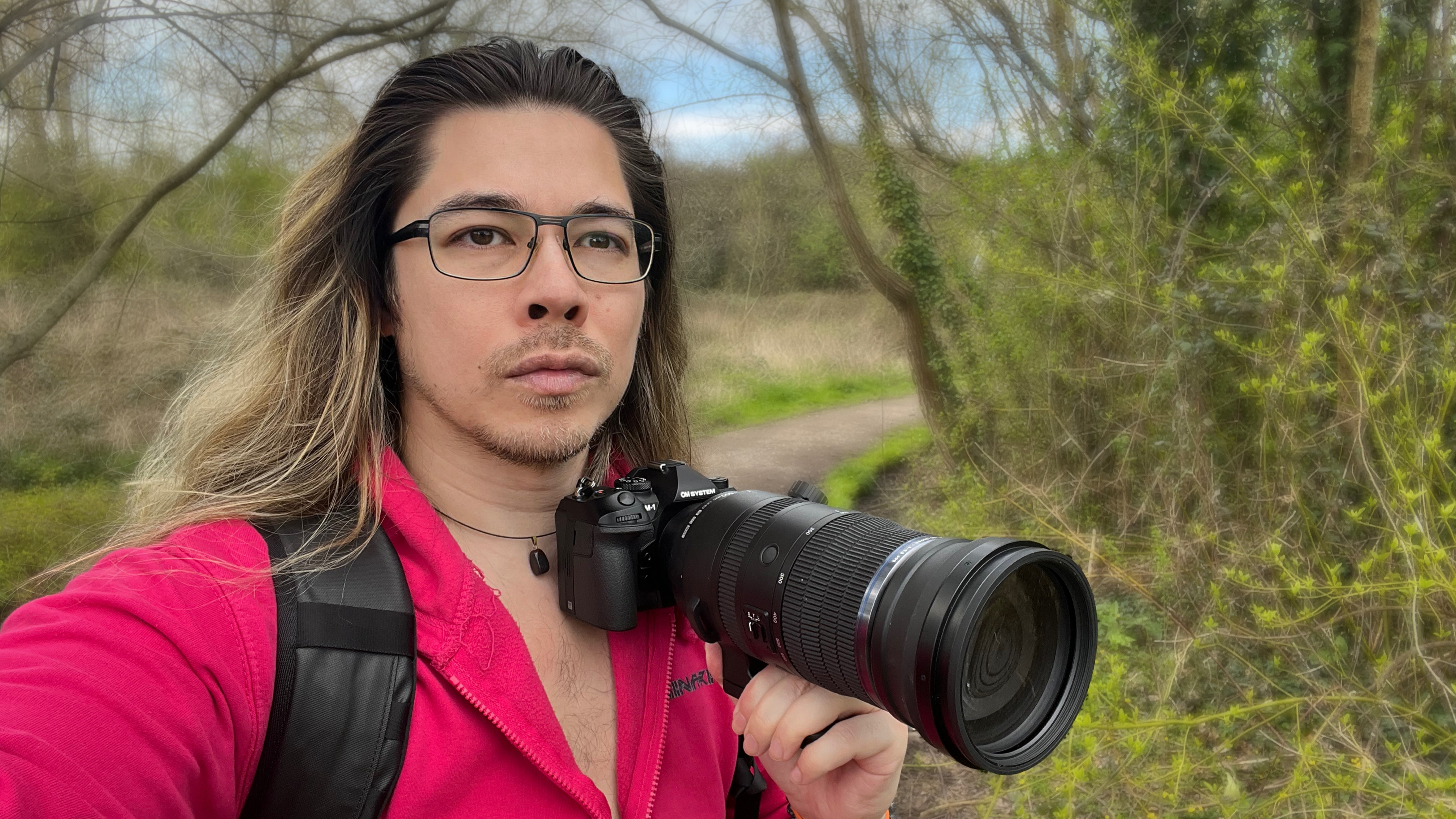
What is Micro Four Thirds best for?
As a system designed to be as small and lightweight as possible, it is ideal for any imaging genre or shooting situation where you need your kit to be as compact and unobtrusive as possible.
Travel photography and street photography are two obvious genres, where you might want a small body and one or two small lenses. Outdoor photography is a big one, as landscape or wildlife photographers who have to hike while carrying kit will benefit from having the minimum size and weight possible.
The format is ideal for those with injuries or physical disabilities. I have a neck injury, for example, so I can't have a heavy camera dangling round my neck. I have spoken to so many photographers who have said that Micro Four Thirds cameras have extended their careers, because they couldn't or didn't want to lug around big bodies and lenses.
Macro is a genre that uniquely benefits from the properties of the Micro Four Thirds sensor, which has an inherently greater depth of field (effectively it's twice as great as a full-frame sensor). This means that you can get much more of your subject in focus even without having to stop down the aperture.
Likewise, wedding or low light photography – because the depth of field is effectively twice that of a full-frame camera, you can shoot wide open without suffering the penalty of a shallow depth of field. Great for photographing a married couple in a dimly lit church, for example, and getting both faces in focus.
Essentially, Micro Four Thirds is best for any photographer or videographer who wants to keep their kit light and compact.
What is the highest resolution Micro Four Thirds camera?
The Panasonic GH6 has the highest resolution of any current Micro Four Thirds body, at 25.2MP – and with the pixel-shift based High Resolution Mode it can generate 100MP files.
Get the Digital Camera World Newsletter
The best camera deals, reviews, product advice, and unmissable photography news, direct to your inbox!

James has 22 years experience as a journalist, serving as editor of Digital Camera World for 6 of them. He started working in the photography industry in 2014, product testing and shooting ad campaigns for Olympus, as well as clients like Aston Martin Racing, Elinchrom and L'Oréal. An Olympus / OM System, Canon and Hasselblad shooter, he has a wealth of knowledge on cameras of all makes – and he loves instant cameras, too.
